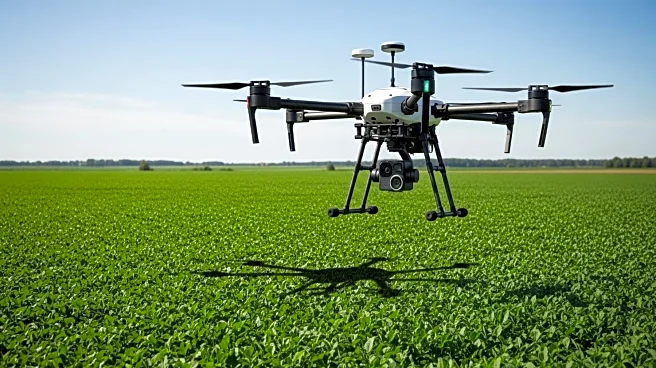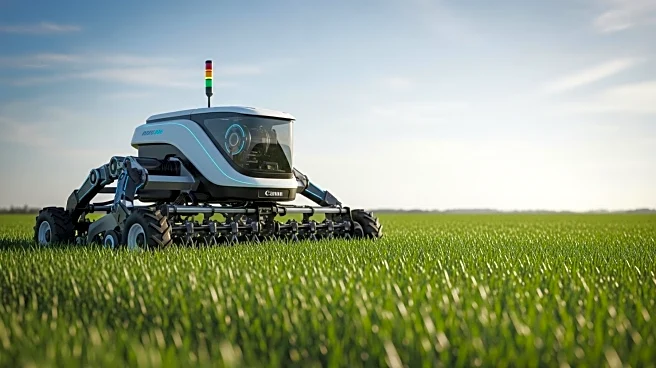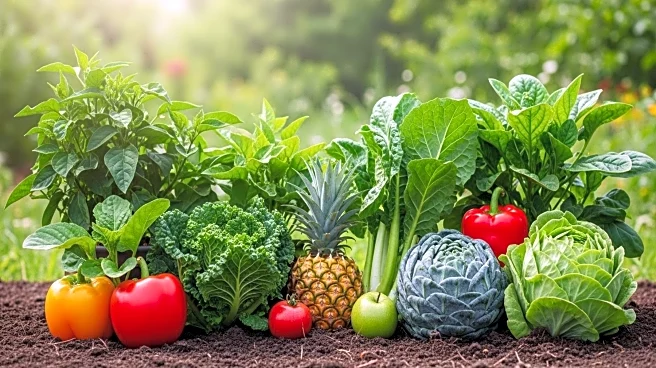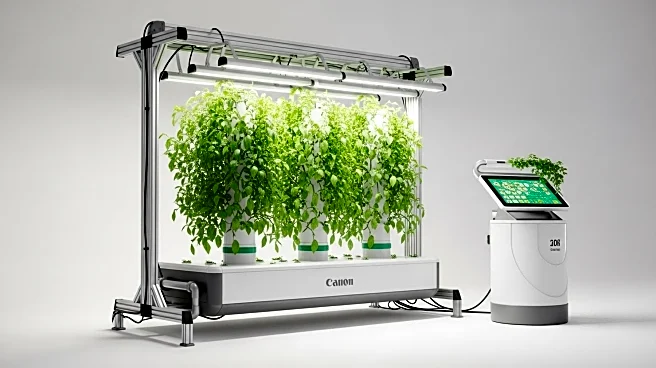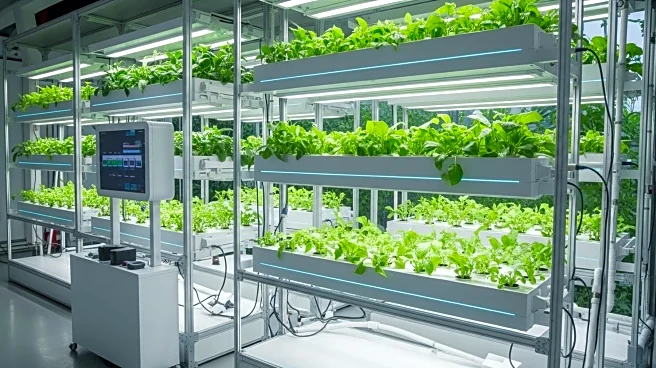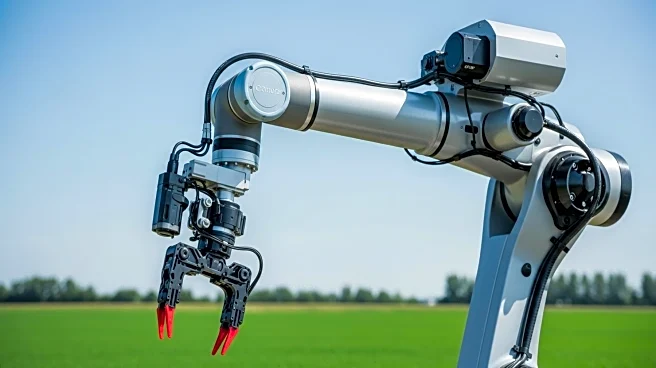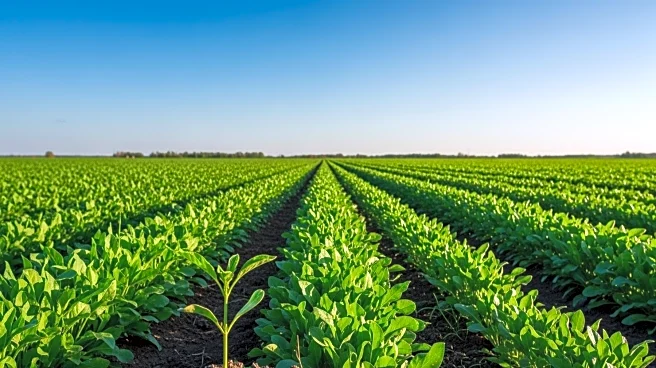What's Happening?
The global regenerative agriculture market is anticipated to grow significantly, reaching USD 48.13 billion by 2032, according to DataM Intelligence. This growth is driven by the increasing adoption of sustainable farming practices, heightened consumer awareness about soil conservation, and the need for climate resilience. Regenerative agriculture focuses on rehabilitating ecosystems through methods such as crop rotation, regenerative grazing, and cover cropping. These practices aim to restore soil fertility, enhance biodiversity, and reduce greenhouse gas emissions. The carbon sequestration segment is expected to dominate the market due to its potential to capture atmospheric carbon and rehabilitate degraded land. North America currently leads the market, supported by strong corporate and governmental sustainability initiatives, while Asia-Pacific is emerging as the fastest-growing region due to rapid adoption in developing agricultural economies.
Why It's Important?
The expansion of the regenerative agriculture market is crucial for addressing global challenges related to soil depletion and climate change. By promoting sustainable farming practices, the market supports ecological balance and enhances food security. Corporations and farmers are increasingly aligning with sustainability goals, which not only helps in mitigating climate change but also ensures long-term agricultural productivity. The market's growth is further bolstered by technological advancements and government programs promoting organic fertilizers and reduced tillage. As climate pressures increase, regenerative agriculture is positioned as a key strategy for sustainable food production and resilient farming systems, benefiting both the environment and the agricultural sector.
What's Next?
The regenerative agriculture market is expected to continue its rapid expansion, driven by emerging technologies, AI-based soil monitoring tools, and carbon credit programs. Private-public partnerships and eco-certification schemes are likely to further amplify the adoption of sustainable practices. Companies like General Mills and Cargill are investing in partnerships to promote soil regeneration and farmer welfare, indicating a trend towards increased corporate involvement in sustainability initiatives. As more regions adopt regenerative frameworks, particularly in Asia-Pacific, the market is poised for significant growth, offering opportunities for innovation and investment in climate-smart agriculture.
Beyond the Headlines
The shift towards regenerative agriculture also highlights ethical and cultural dimensions, as it encourages a more harmonious relationship between farming practices and the environment. This approach not only addresses environmental concerns but also supports rural communities by improving soil health and increasing agricultural yields. The integration of data-driven monitoring and ecosystem-based carbon programs ensures measurable improvements in soil fertility and carbon balance, fostering a more sustainable and resilient agricultural system.

